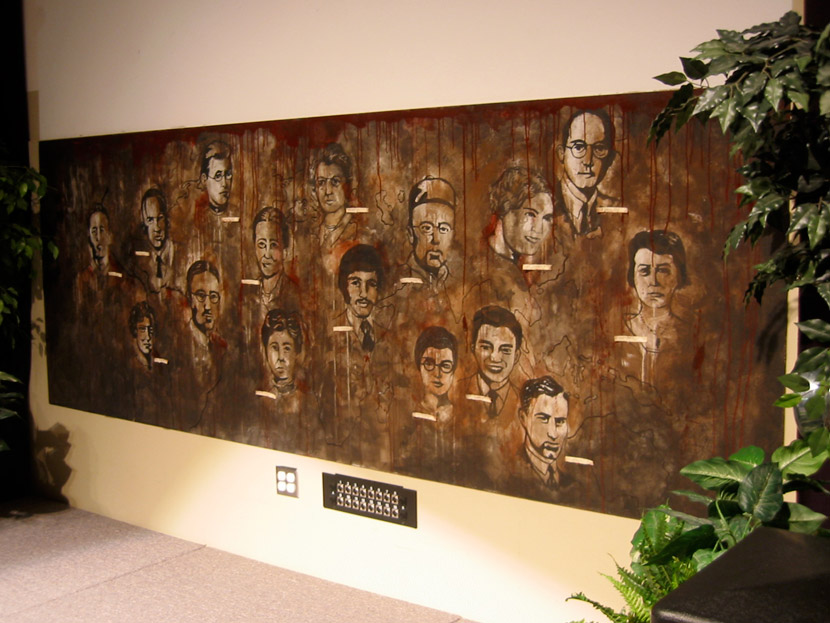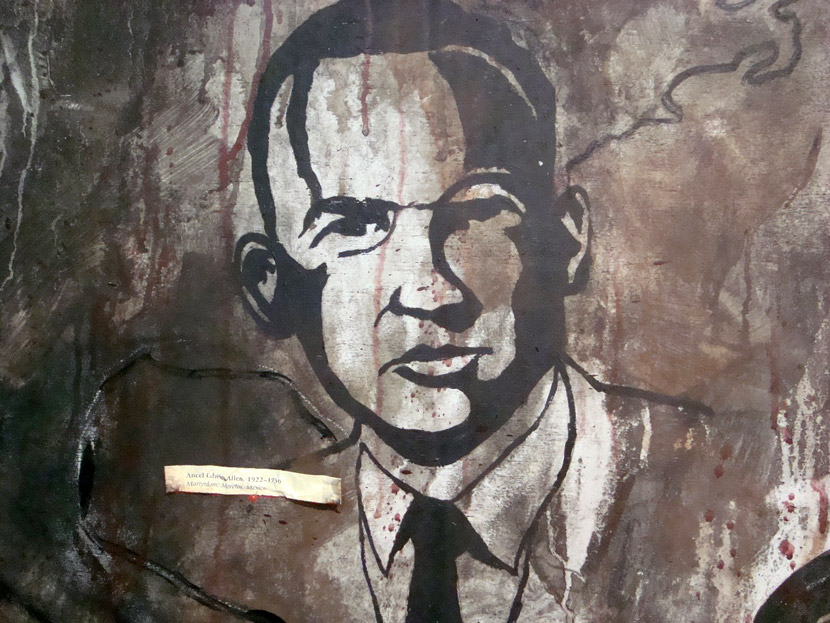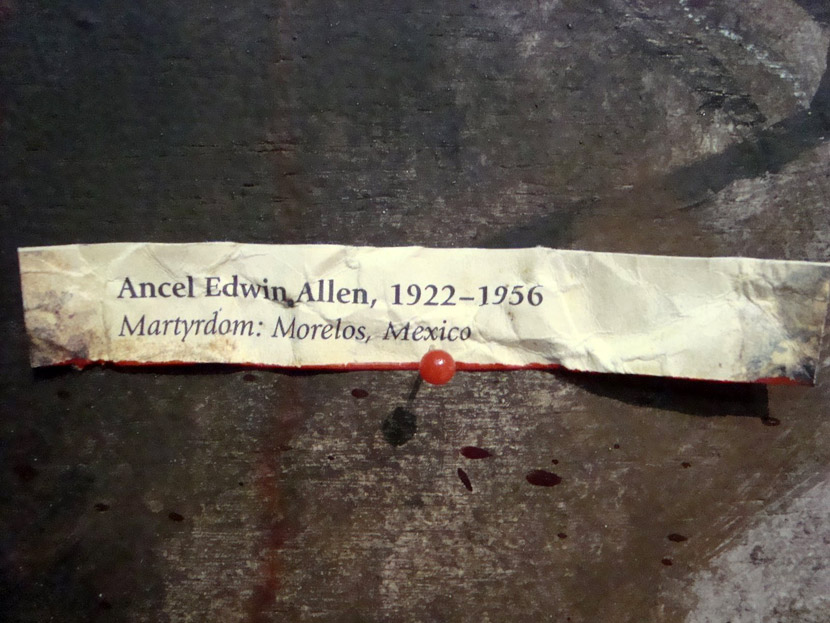Over the years I’ve participated in, and helped plan, a number of creative collaborations. And I’ve learned that the best way to experiment with collaboration is to keep it simple.
I’m a juggler. Half the fun comes in juggling with other people. This usually happens in the form of club passing. After months (or years) of practice, you will get comfortable enough with your partner that both of you can take the lead on and off and initiate special patterns on the fly. That takes practice. You first need to get comfortable with the other person’s throwing style, understand what they’re able to do, and understand what they have not yet mastered.
The same holds true for the visual arts. Just as you can juggle alone, so you can create alone. But what a fun challenge to work in conjunction with another artist! And by all means, experiment and have fun. However, if it’s important that you end up with a quality piece of artwork and one you’re proud to display, you’re going to need a leader.
When it comes to juggling, the more accomplished of the two jugglers takes the lead and calls out the patterns to be executed. You too need to decide upon a leader and usually that decision is obvious. This is the person with the most complete vision of the final piece, and it’s someone the other collaborations are comfortable with and trust.
That’s not to say everyone else has no say. We’re still talking about collaboration here. But someone needs the authority to give direction and make final decisions. It’s not unlike marriage. When there is no defined leadership role in a household, frustration and conflict result. (But that’s a whole other topic I will now gingerly veer away from.) Many of us have experienced this type of collaboration in a classroom setting and that’s a good start. I would encourage you to now seek out and initiate these opportunities in your professional life. Why? Read my introductory article.
In March of 2009 I helped plan the visual layout for a week-long Global Impact Summit at Harvest Bible Chapel Lancaster, where I attend. The theme of the week was martyrdom—a fairly heavy topic! A fellow designer, Ryan Martin, was on this planning team and he developed an idea for creating a “wall of martyrs,” highlighting specific people who had been martyred for the sake of the gospel. I believe he had every intention of creating the work himself, but time went on and he got started too late. He needed help and I was enlisted.

We had two full sheets of plywood painted off-white, placed side by side, and screwed into a wall. We projected images of martyrs onto the board, traced them with pencil, then painted them with black acrylic paint. We used various shades of brown to distress the entire work, sopping up the paint atop the faces so that they stood out. Red paint was then added in abundance at the top of the boards, dripping down over the work and obviously representing blood and sacrifice. Custom labels were created for each face, the labels themselves distressed, accented with a subtle edge of red, and attached to the board with a red pushpin.


But this was Ryan project and that was clear from the start. Let me emphasize the importance of that. If you find yourself knee-deep in collaboration and you’re not sure who’s in charge or what your role is, by all means, ask the necessary questions. Over communicate. By me understanding and accepting my friend’s lead, the process was very smooth and was completely enjoyable. He was someone I trusted. I had no fear of a bad result and we ended up with a solid visual centerpiece for the week.
When it comes to collaboration, this method is fairly easy and there’s little risk. Also note that it works best with non-abstract works. But this is just a starting point. You’re an artist and I can already feel you getting frustrated by the confines of this environment. I understand! Next week we’ll push ahead with a more challenging scenario.
Articles in this series on collaboration
- Introduction
- Take a Lead
- Take a Seat
- Take a Role
- Take a Village
- Take a Hand



